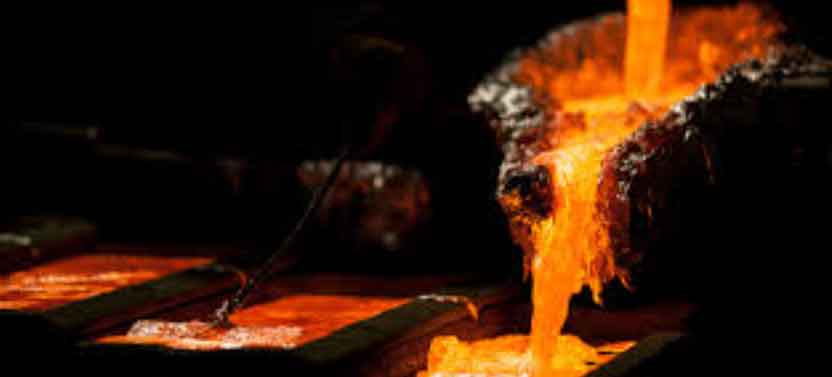China’s casting industry has played a significant role in revolutionizing the global supply chain, establishing itself as an export powerhouse. Here are key factors that have contributed to China’s influence in the global supply chain:

- Manufacturing Capacity and Efficiency:
- Vast Production Facilities: China’s casting industry boasts a vast number of foundries with diverse production capacities, ranging from small-scale operations to large industrial complexes. This extensive manufacturing capacity enables the production of a wide range of castings to meet global demand.
- Efficient Production Processes: Chinese casting manufacturers have implemented efficient production processes, including automation, advanced machinery, and streamlined workflows. This enables them to produce castings at scale, meeting the needs of global customers.
- Cost Competitiveness:
- Lower Labor and Production Costs: China’s casting industry benefits from lower labor costs compared to many developed countries. Additionally, the availability of raw materials at competitive prices contributes to cost competitiveness.
- Economies of Scale: With a large domestic market and extensive production capabilities, Chinese manufacturers achieve economies of scale, resulting in cost advantages that make their products competitive in global markets.
- Global Market Presence:
- Extensive Export Network: Chinese casting manufacturers have developed extensive export networks, supplying castings to customers worldwide. They have established strong relationships with global buyers, distributors, and OEMs, contributing to their dominance in the global supply chain.
- Diverse Industry Coverage: China’s casting industry serves a wide range of industries, including automotive, aerospace, machinery, energy, construction, and more. This diverse industry coverage enhances its market presence and allows it to cater to various sectors within the global supply chain.
- Supply Chain Integration:
- Vertical Integration: Chinese casting manufacturers often integrate their operations with downstream processes such as machining, surface treatment, and assembly. This integration provides customers with comprehensive solutions, reduces lead times, and improves supply chain efficiency.
- Value-added Services: Chinese manufacturers offer value-added services like design support, engineering consultation, and customization, further strengthening their position in the global supply chain.
- Technological Advancements:
- Adoption of Advanced Technologies: Chinese casting manufacturers have embraced advanced technologies and processes, such as high-pressure die casting, investment casting, and rapid prototyping. This enables them to produce high-quality and complex castings that meet the requirements of global customers.
- Innovation and R&D: China invests in research and development activities, collaborating with academic institutions and industry partners to drive innovation and stay at the forefront of casting technology. This continuous innovation helps in meeting evolving global market demands.
- Government Support and Policies:
- Export Promotion Initiatives: The Chinese government has implemented policies and initiatives to promote export-oriented industries, including the casting industry. Export incentives, trade promotion activities, and supportive policies have facilitated China’s growth as an export powerhouse.
- Infrastructure Development: Investments in transportation infrastructure, logistics networks, and port facilities have improved connectivity and facilitated efficient export processes.
China’s casting industry has revolutionized the global supply chain by offering cost-competitive products, a wide range of casting solutions, and efficient manufacturing processes. Its global market presence, supply chain integration, technological advancements, and government support have further bolstered its position as an export powerhouse. As the industry continues to evolve, China’s influence in the global supply chain is expected to persist, driving innovation and shaping the future of casting manufacturing.
